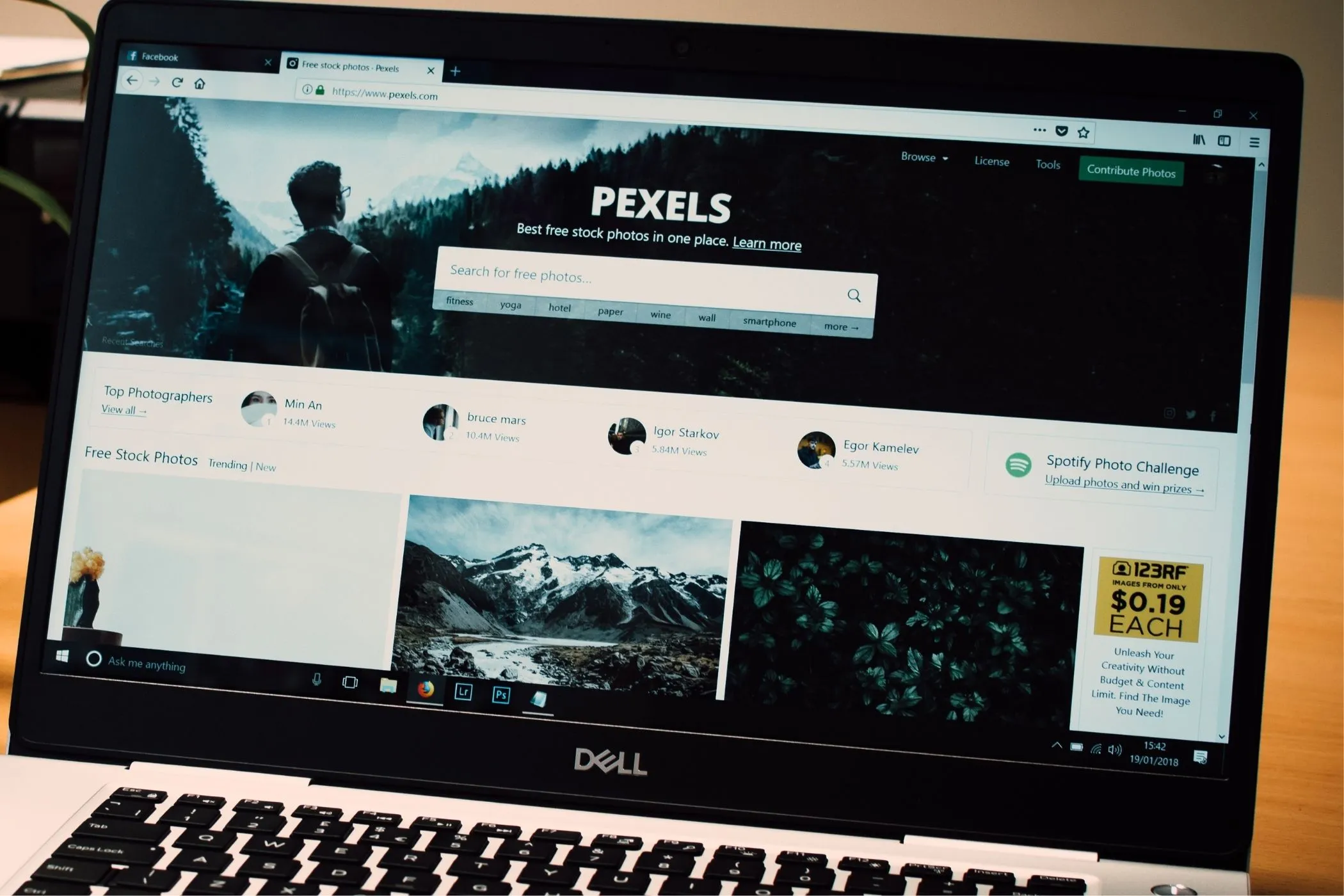
What Happens When You Load a Page?
9 min read
Clicking a link feels instant, but behind the scenes your browser streams bytes, builds trees, and paints pixels - all in a fraction of a second. Here’s what really happens when you load a web page.
A look inside the browser’s systems. Explore what really happens when you click, paste, upload, or scroll.

9 min read
Clicking a link feels instant, but behind the scenes your browser streams bytes, builds trees, and paints pixels - all in a fraction of a second. Here’s what really happens when you load a web page.
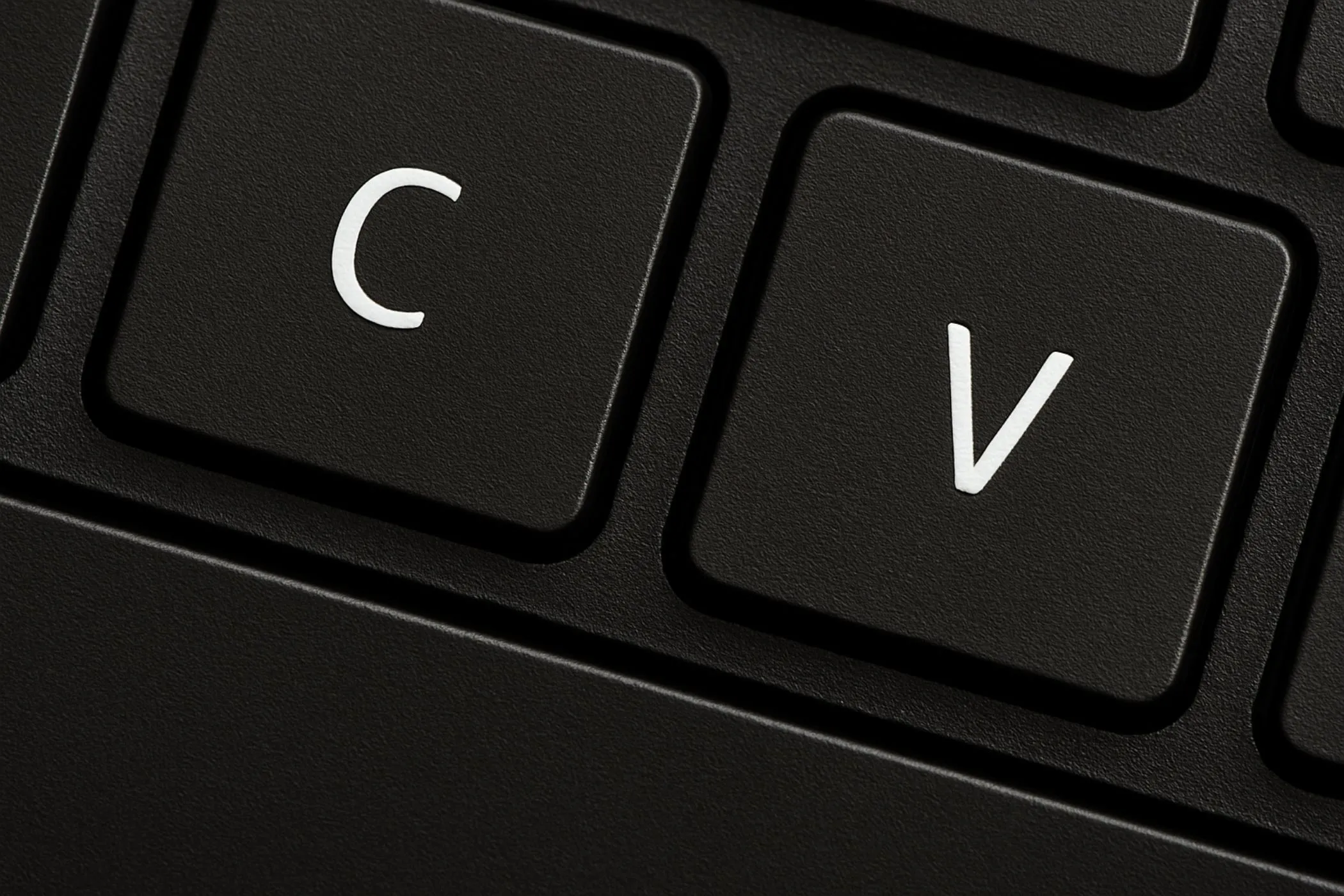
8 min read
Pasting feels instant, but behind the scenes your browser negotiates formats, permissions, and privacy in milliseconds. Here’s what really happens when you paste text or images into a web page - and why it matters for modern creators.

10 min read
You press Enter. In milliseconds, the browser parses, connects, encrypts, and starts drawing. This article breaks down what really happens between keystroke and page load, the process behind DNS, TLS, and the first bytes of HTML
Hands-on guides to the powerful Web APIs built into every browser, enabling dynamic and interactive web experiences
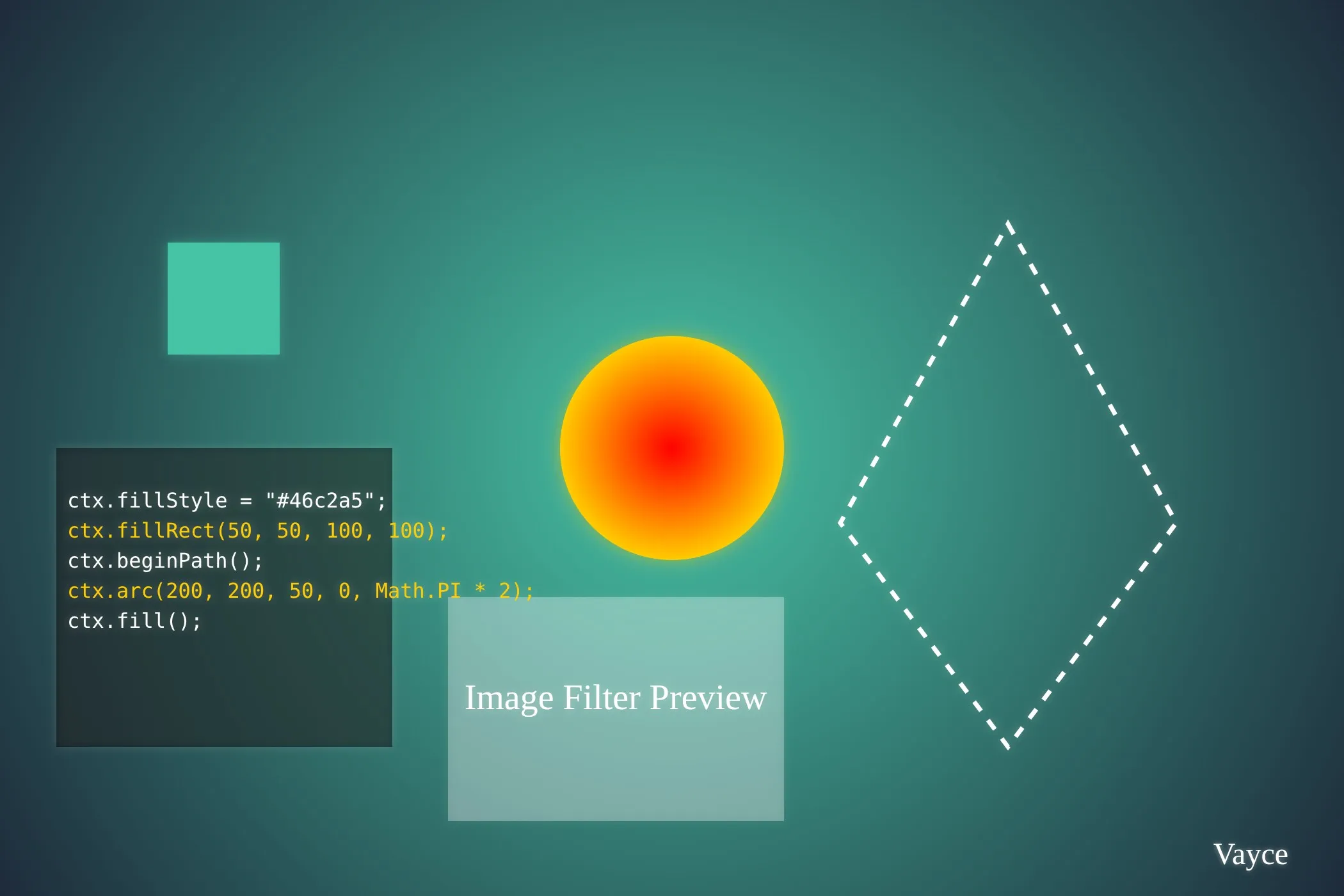
22 min read
A complete guide to the Canvas API. The programmable surface that lets browsers draw, transform, and export pixels locally.
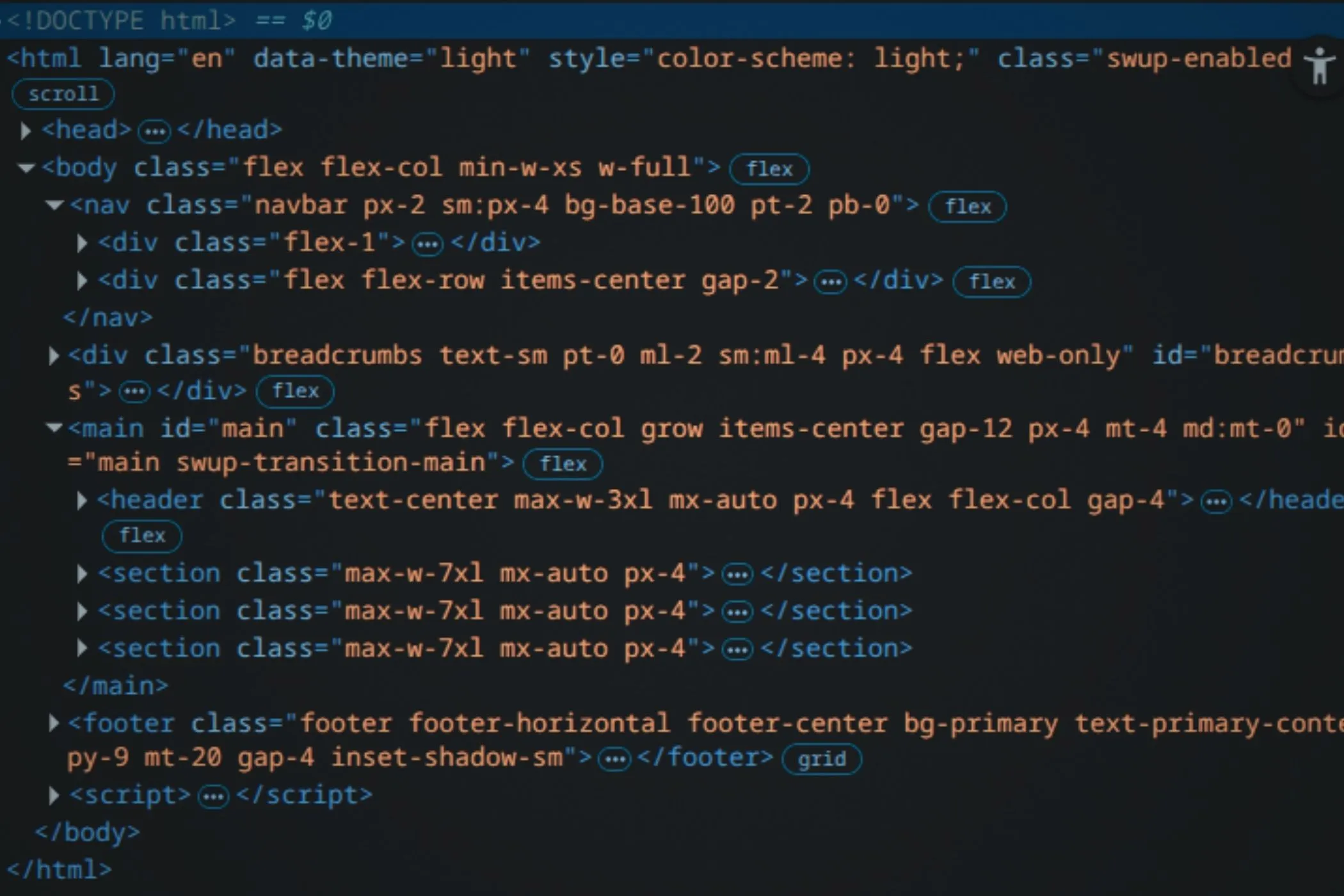
22 min read
The DOM is how the browser understands and manages your page. It’s the structure that connects HTML, CSS, and JavaScript. This guide walks through how it’s built, how events move through it, and how you can work with it safely and efficiently.

30 min read
Web Components are the browser’s built-in component model: Custom Elements, Shadow DOM, and slots. They let you define your own HTML tags, encapsulate markup and styles, and build reusable widgets that feel native. This guide walks through how they work, why they exist, and how to build reliable components that drop cleanly into any page.
Guides on how to write for the web. Each article breaks down the small mechanics that make text feel effortless on screen.

5 min read
Want to show readers how long your post takes to read? This guide explains why reading time builds trust, how to calculate blog post reading time and how to check it instantly with the Vayce Word Counter.

7 min read
Discover the five metrics that shape writing flow - reading time, sentence length, paragraph rhythm, top words, and character count - and learn how those stats can be used to improve the pacing of your content.

6 min read
How long should your paragraphs be on the web? Two lines? Five? Learn how paragraph length affects readability, SEO, and mobile experience — and how to measure it using the Vayce Word Counter.
Guides on how to find, choose, create, and prepare images that look sharp, load fast, and fit naturally into modern websites.

6 min read
JPEG, PNG, or WebP? Learn which image format to use for speed, quality, and SEO - and how to convert instantly in your browser without uploading a single file.
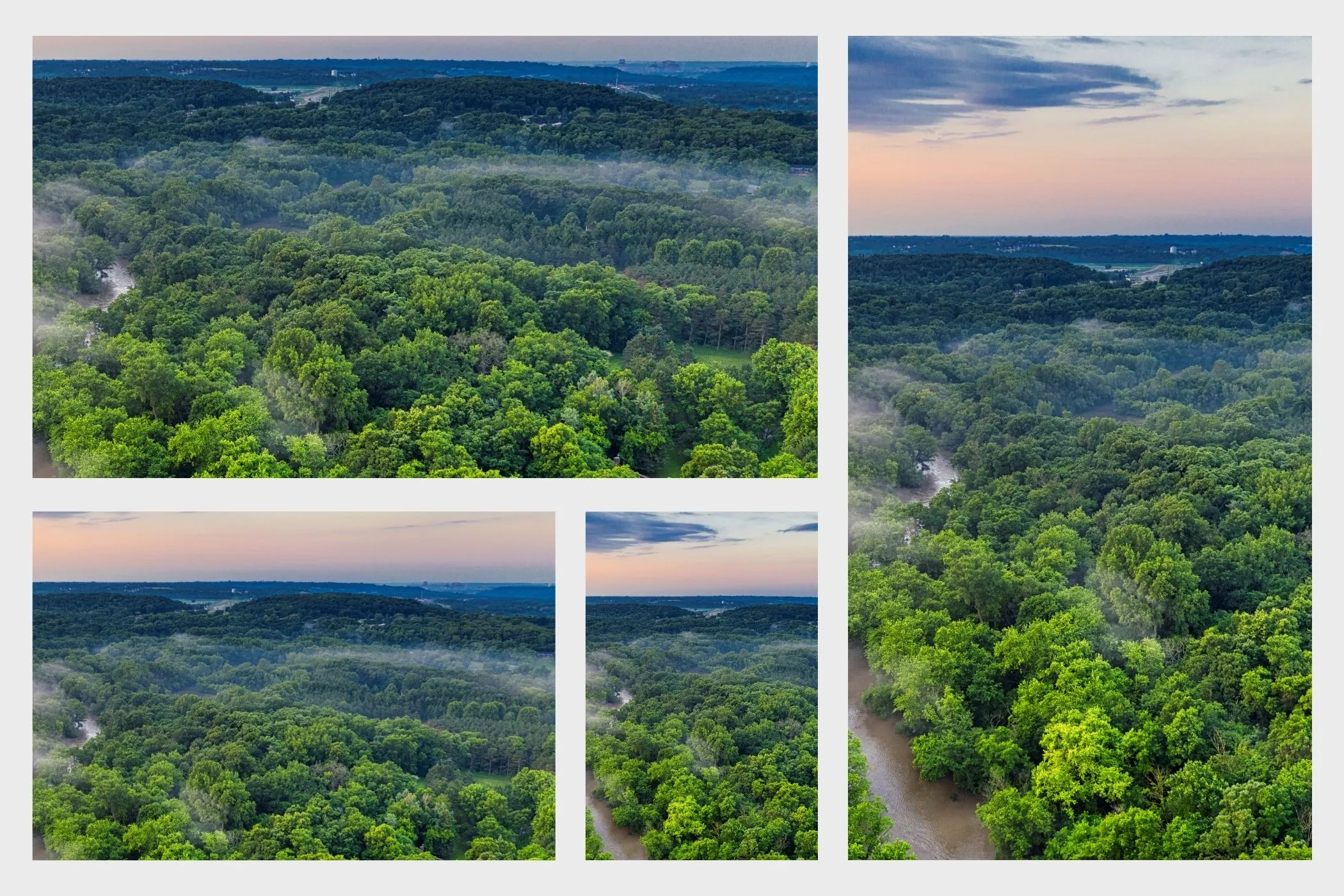
5 min read
Every image lives somewhere: a product card, a hero, a feed, a story. Each space has its own rhythm. This guide explains which aspect ratios fit where, why they work, and how to crop them cleanly using the Vayce Image Cropper.

4 min read
Learn how to compress images for web use: resizing, format choice, compression settings, and best practices - all while preserving visual quality.
Inside the making of Vayce tools. Read how Vayce tools are built using browser APIs, workers, and local-first design.

6 min read
How the Vayce Image Compressor uses the browser’s own APIs to shrink images locally private, and entirely offline.
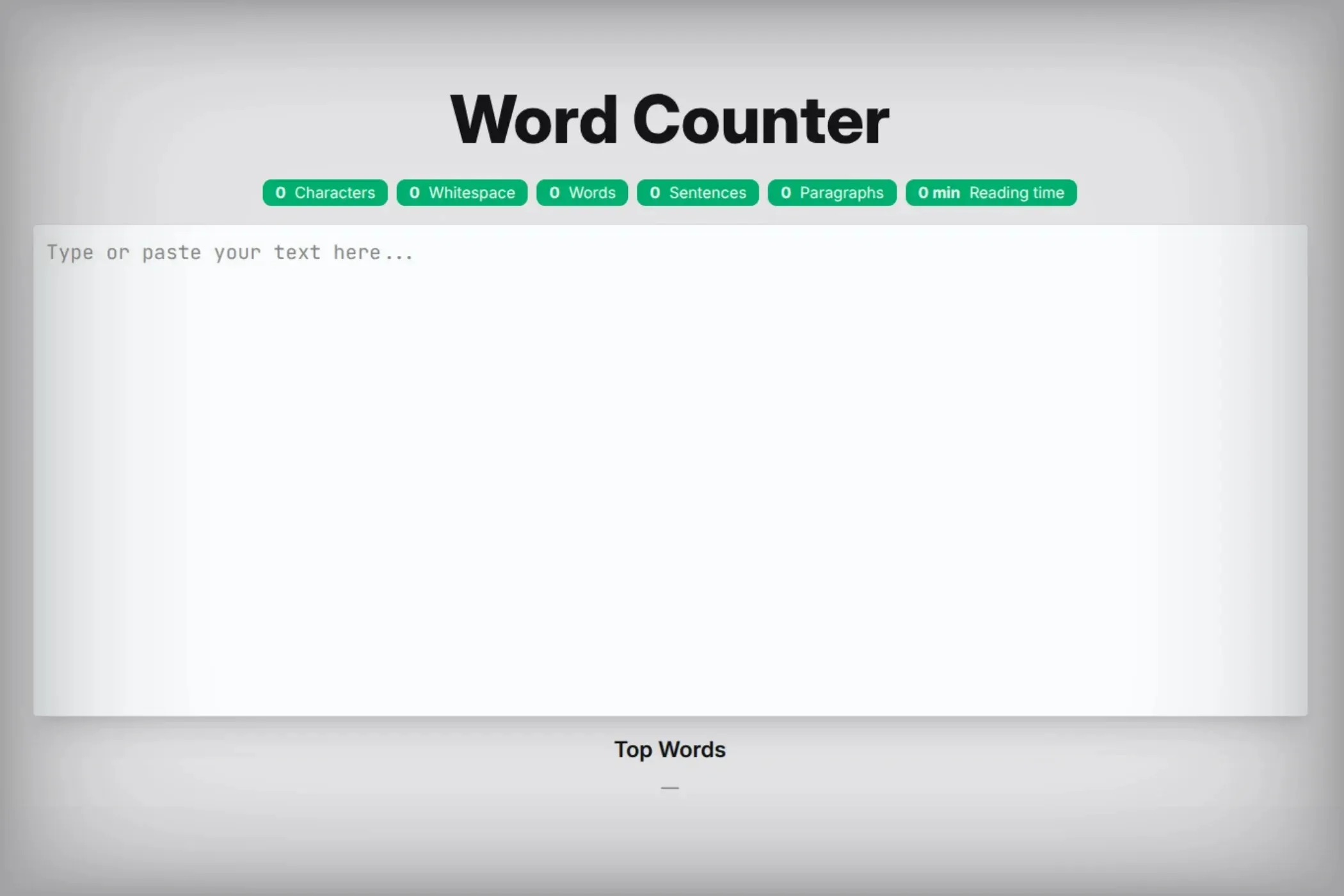
8 min read
How the Vayce Word Counter reads your text locally, from graphemes and emojis to sentences and reading time
A collection of practical reads. From everyday tips to small discoveries worth exploring.
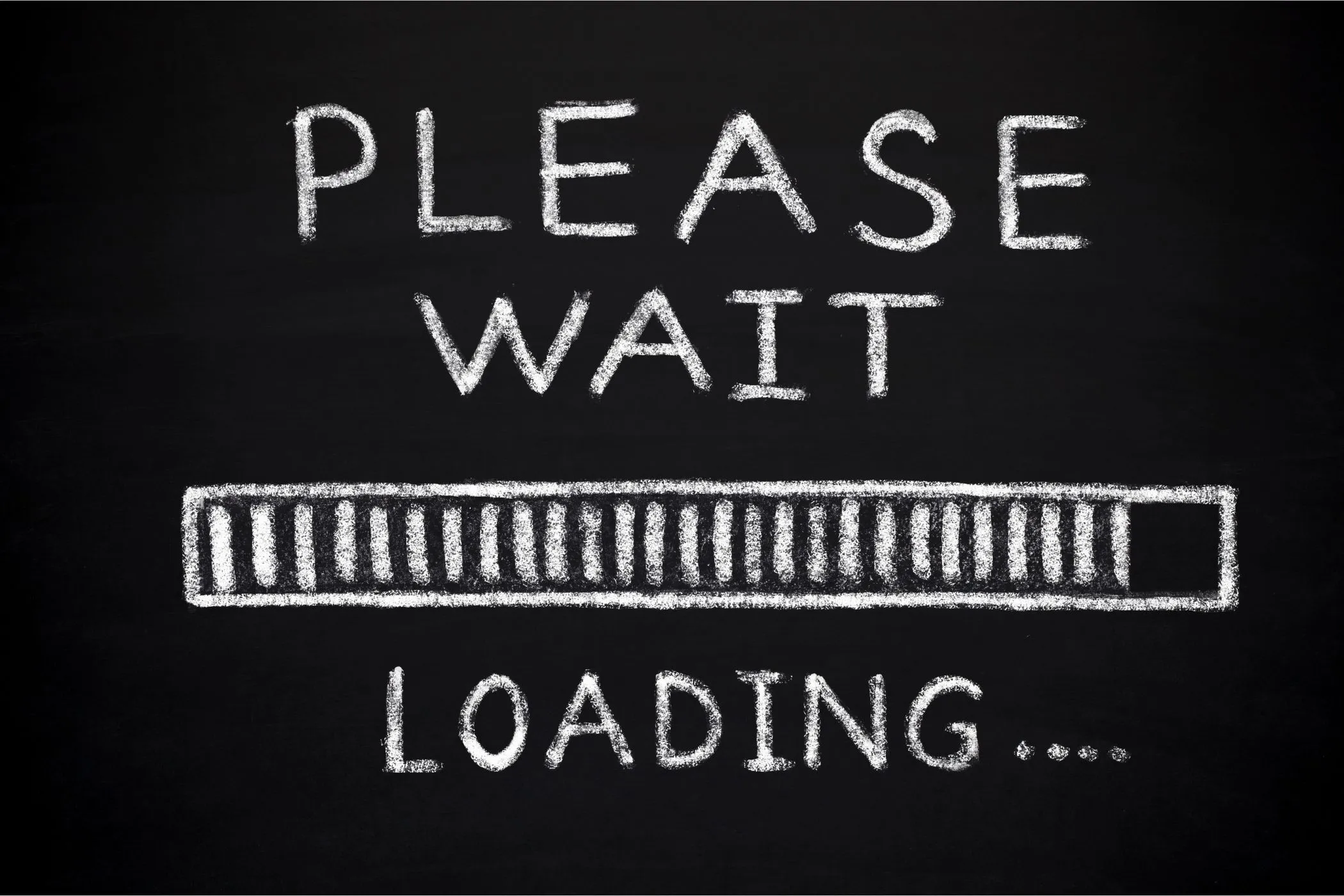
3 min read
A five‑part guide that shows you how to diagnose slow websites and fix the most common performance issues using the tools you already have — your browser.

9 min read
QR codes aren’t magic - they’re clever systems of geometry, encoding, and redundancy. Here’s how they work, why they’re resilient, and how the browser can both create and decode them.

7 min read
Explore how QR codes close the gap between real-world interactions and online engagement — guiding users from awareness to action in a single scan.